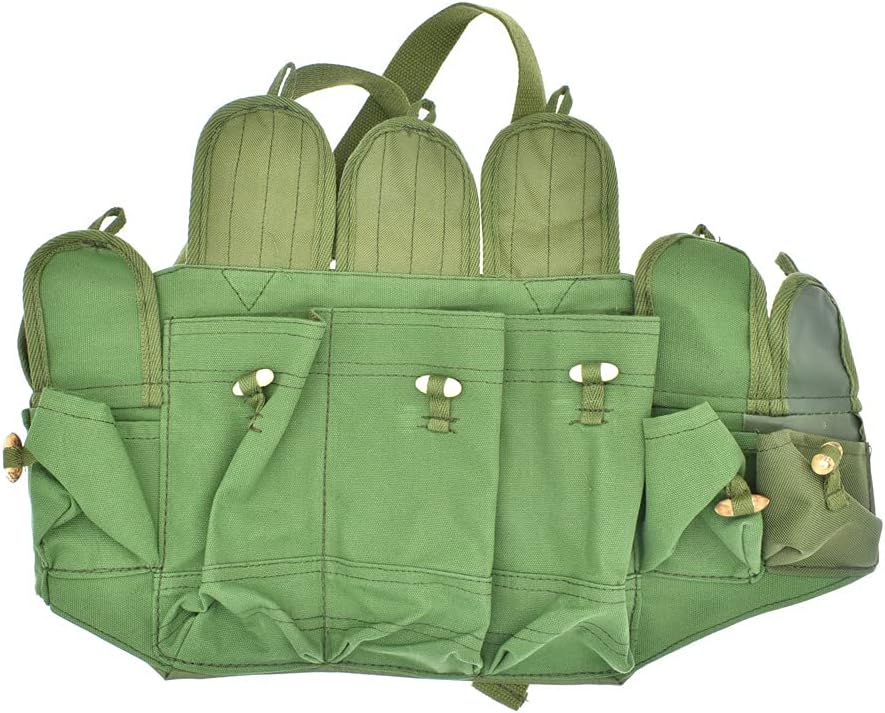
Hey there, fellow shooting enthusiast! Are you ready to take your long-range shooting skills to the next level? Well, you’re in luck because in this blog post, we’ve got just the ammunition expertise you need. Whether you’re a newbie looking to learn the ropes or a seasoned shooter looking to fine-tune your skills, we understand the importance of having the right ammunition for long-range shooting. So, let’s dive in and explore the various types of ammunition available, their unique characteristics, and how they can help you hit that bullseye with unmatched precision. Get ready to upgrade your shooting game!
Top Ammunition Picks: Explore the Bestsellers for Every Firearm
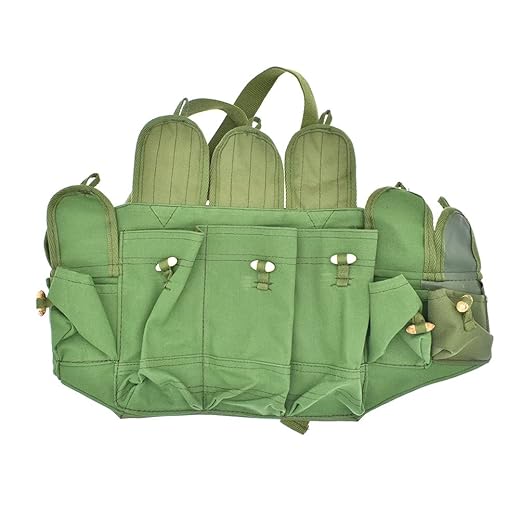
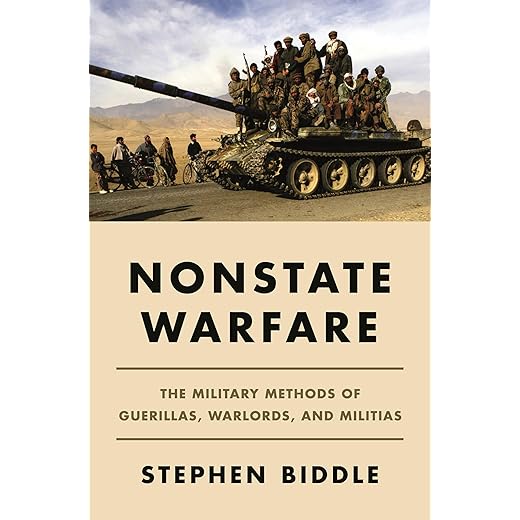
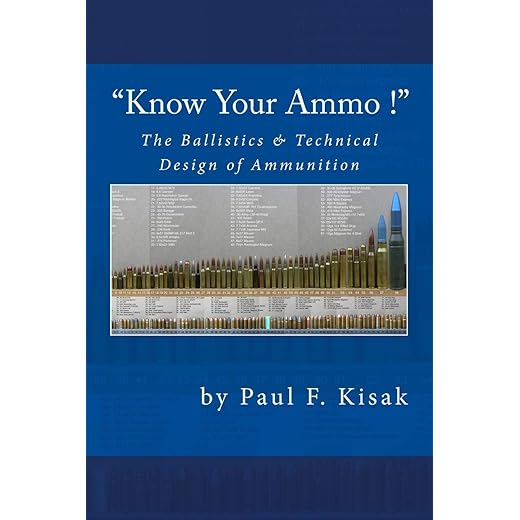
What is long-range shooting?
Long-range shooting has been steadily gaining popularity among firearm enthusiasts worldwide. This challenging and exhilarating discipline allows shooters to test their skills and push the limits of their firearms at extended distances. In this blog section, we will delve into the intricacies of long-range shooting, explore its increasing appeal, and shed light on the unique challenges it presents.
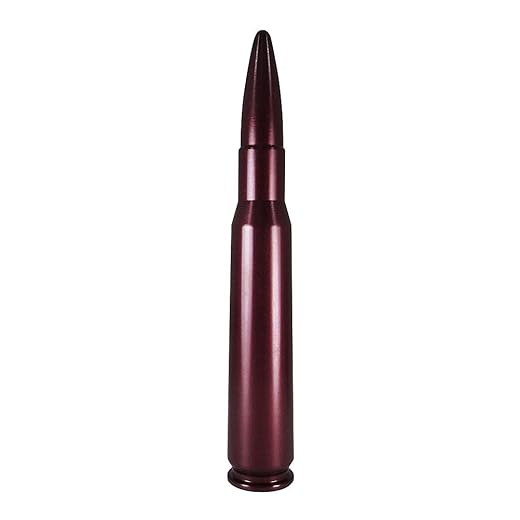
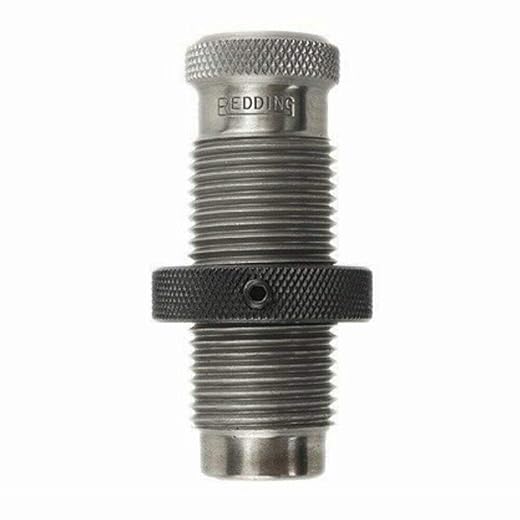
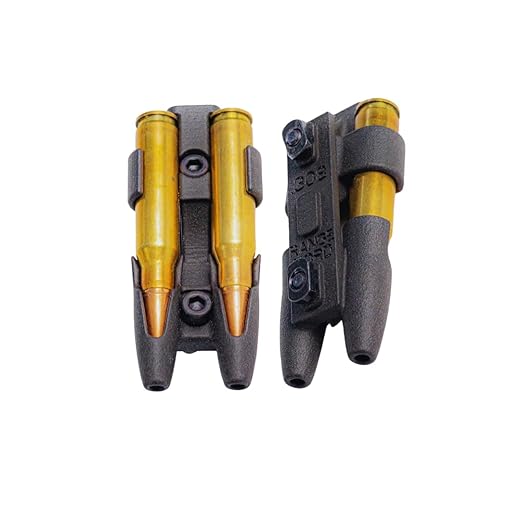
What is Long-Range Shooting?
Long-range shooting involves engaging targets at distances that exceed typical ranges encountered in recreational shooting or hunting. While there is no strict definition of what constitutes long-range shooting, it generally refers to distances beyond 300 yards, with shooters often pushing the boundaries to engage targets at several hundred or even thousand yards.
The Growing Popularity of Long-Range Shooting
Long-range shooting has seen a surge in popularity in recent years, and there are several reasons behind this trend:
- Advancements in Technology: The advancement of firearm technology, optics, and ammunition has made it more accessible for shooters to engage targets accurately at extended ranges. Innovative features like precision scopes, ballistic calculators, and improved ammunition have revolutionized the sport.
- Thrill and Challenge: Long-range shooting offers a unique challenge that captivates firearm enthusiasts. Hitting a target at such distances requires a deep understanding of ballistics, wind reading, and precise shot placement. The thrill of successfully connecting with targets far away is a major draw for many shooters.
- Competition and Camaraderie: Long-range shooting competitions, both formal and informal, have sprouted up globally. These events bring together like-minded individuals to compete, learn from one another, and build a sense of camaraderie within the shooting community.
The Unique Challenges of Long-Range Shooting
Shooting at extended distances presents a set of unique challenges that shooters must overcome:
- Ballistics Knowledge: Understanding the ballistics of a particular firearm, ammunition, and environmental factors such as wind, elevation, and temperature is crucial when engaging targets at long ranges. Shooters must take into account bullet drop, wind drift, and other variables to make accurate adjustments.
- Equipment Selection: Long-range shooting demands specialized equipment. Rifles designed for precision shooting, such as bolt-action rifles with heavy barrels, are commonly used. High-quality optics, including scopes with adjustable turrets and reticles, are essential for precise aiming and target identification.
- Range Estimation: Estimating the range to the target accurately is paramount. Rangefinders, either handheld or built into scopes, aid in determining the distance. However, understanding the surroundings and employing known reference points can also be useful in estimating range.
- Wind Reading: Wind is one of the most significant factors that affect long-range accuracy. Learning how to read wind conditions and make appropriate windage adjustments is a critical skill for any long-range shooter.
Embrace the Challenge of Long-Range Shooting
Long-range shooting offers an exciting and rewarding pursuit for firearm enthusiasts seeking to take their shooting skills to the next level. The combination of technical knowledge, precise marksmanship, and the ability to adapt to varying conditions makes long-range shooting a truly exhilarating experience. Whether you choose to engage in friendly competitions or simply enjoy the personal achievement of hitting targets at extreme distances, the world of long-range shooting awaits.
So, if you’re looking to step into the world of long-range shooting, remember to equip yourself with the right knowledge, invest in suitable equipment, and practice regularly. With determination and dedication, you’ll soon find yourself hitting targets at distances you once thought impossible.
Understanding ammunition components
When it comes to long-range shooting, understanding the components of ammunition is crucial. Each element plays a vital role in the overall performance and effectiveness of the round. In this article, we will delve into the various components of ammunition, including the bullet, casing, primer, and propellant. By gaining a deeper understanding of how these elements work together, you will be equipped to choose the right ammunition for your long-range shooting needs.
The Bullet
The bullet is the projectile that is expelled from the firearm when the round is fired. It is typically made of lead or a lead-core encased in a jacket. The bullet’s design and construction greatly impact its flight characteristics and terminal performance. Here are some key points to consider:
- Bullet Weight: Different bullet weights are suited for different purposes. Lighter bullets, such as the Hornady V-MAX 55 grain, are often used for varmint hunting due to their high velocity and explosive expansion. Heavier bullets, like the Nosler AccuBond 180 grain, are better suited for big game hunting as they offer deeper penetration and controlled expansion.
- Bullet Shape: The shape of the bullet affects its aerodynamics and stability during flight. For example, boat-tailed bullets, like the Sierra MatchKing, have a tapered base that reduces drag, resulting in better long-range accuracy.
- Bullet Construction: Some bullets are designed for rapid expansion upon impact, while others are built for deep penetration. For example, the Barnes TSX bullet has a solid copper construction that ensures deep penetration and reliable expansion, making it a great choice for hunting large game.
The Casing
The casing, also known as the shell or cartridge case, is the container that holds all the other components of the ammunition. It is typically made of brass, steel, or aluminum. Here’s what you need to know about casings:
GUNS.com Early Black Friday Door Busters
Guns.com Now has Gift Cards! Click For Details! GDCEarly Black Friday Door Busters: WALTHER PPQ M2 ONLY $275.99
Early Black Friday Door Busters: TOKAREV TAR 12MP ONLY $227.99
Early Black Friday Door Buster: GLOCK G45 GEN 5 FACTORY REFURBISHED ONLY $429.99
Early Black Friday Door Buster: KOMANDO DEFENSE 9MM 115GR (CASE OF 1K) ONLY $229.99
Early Black Friday Door Busters: FN HIGH PERFORMANCE 5.7X28MM BULK (500 RDS) ONLY $275.99
Early Black Friday Dorr Busters: PANZER ARMS PA37 ONLY $329! GDC
Black Friday early Access: Buy a gun Ammo Ships Free! GDC
Black Friday early Access sale: $99 Derringers! GDC
- Caliber: The caliber of a casing refers to the internal diameter of the case. It is an important factor in determining the appropriate ammunition for your firearm. For example, a .308 Winchester cartridge is designed for rifles chambered in .308 Winchester caliber.
- Case Type: There are different case types, such as rimfire and centerfire. Rimfire casings, like those used in .22 LR ammunition, have the priming compound inside the rim of the case. Centerfire casings, on the other hand, have the primer located in the center of the base. The majority of rifle and handgun cartridges are centerfire.
- Case Length: The case length is another crucial aspect to consider when choosing ammunition. Different firearms have specific chamber dimensions, and using the correct case length is essential for proper functioning and accuracy. For example, the .223 Remington and 5.56x45mm NATO have similar external dimensions, but the latter has a longer throat, requiring ammunition with a longer case length.
The Primer
The primer is a small, sensitive explosive compound located at the base of the casing. It is responsible for initiating the ignition of the propellant. Here’s what you should know about primers:
- Types of Primers: There are two primary types of primers: boxer and berdan. Boxer primers are commonly used in the United States and can be easily removed and replaced. Berdan primers are more prevalent in Europe and are generally not reloadable.
- Primer Size: Like casings, primers come in various sizes to match the specific ammunition. Small rifle primers, large pistol primers, and magnum primers are just a few examples of primer sizes available. Using the correct primer size ensures reliable ignition and consistent performance.
The Propellant
The propellant, also known as gunpowder, is the chemical substance that generates the expanding gas necessary to propel the bullet out of the firearm. Here are some important considerations regarding propellants:
- Powder Type: There are different types of propellant powders, such as ball, flake, and extruded. Each type has its own burn rate characteristics, which affect the pressure curve and velocity of the bullet. Matching the powder type to the intended use of the ammunition is crucial for optimal performance.
- Powder Charge: The amount of propellant used, known as the powder charge, directly influences the velocity and pressure generated by the round. It is essential to follow the manufacturer’s recommended powder charge for safety and performance reasons.
Ammunition types for long-range shooting
Long-range shooting requires precision and accuracy, and choosing the right ammunition plays a crucial role in achieving your desired results. In this section, we will delve into the different types of ammunition specifically designed for long-range shooting. We will discuss their characteristics, advantages, and limitations, allowing you to make an informed decision when selecting ammunition for your long-range shooting endeavors.
Match-Grade Bullets
Match-grade bullets are meticulously crafted and designed for exceptional accuracy. These bullets are manufactured to extremely high tolerances, ensuring consistent dimensions and weight. Here are some key points to consider:
- Consistency: Match-grade bullets provide exceptional consistency in terms of weight, shape, and ballistic coefficient. This consistency translates into more predictable trajectories, improving your long-range shooting accuracy.
- Quality control: Manufacturers of match-grade bullets have strict quality control measures in place, ensuring that each bullet meets the exacting standards required for long-range precision shooting.
- Variety: Match-grade bullets are available in various calibers and designs, catering to the specific needs and preferences of long-range shooters.
Some popular match-grade bullet brands include:
- Hornady ELD Match
- Sierra MatchKing
- Berger Match Hybrid
Hollow Points
Hollow point bullets have a cavity at the tip, which allows for controlled expansion upon impact. While primarily designed for self-defense and hunting, certain hollow point bullets can also be effective for long-range shooting. Here are some important details to consider:
- Ballistic coefficient: Hollow point bullets with high ballistic coefficients can retain velocity and stability over long distances, making them suitable for long-range shooting.
- Expansion: Although hollow point bullets are designed to expand upon impact, some specialized designs minimize expansion to maintain a higher level of accuracy at longer ranges.
- Terminal performance: Hollow point bullets with controlled expansion can deliver consistent terminal performance, ensuring effective energy transfer upon impact.
Some hollow point bullet options suitable for long-range shooting include:
- Federal Premium Gold Medal Sierra MatchKing HP
- Nosler Custom Competition Hollow Point
- Hornady A-MAX HP
Armor-Piercing Rounds
Armor-piercing rounds, as the name suggests, are designed to penetrate armored targets. While primarily used by military and law enforcement, they can also have applications in long-range shooting under specific circumstances. Here are some important considerations:
- Penetration: Armor-piercing rounds are engineered to pierce barriers and armor, which can be advantageous when faced with challenging long-range shooting scenarios.
- Over-penetration: Due to their design, armor-piercing rounds may over-penetrate soft targets, posing potential risks in certain shooting environments.
- Restrictions: It is essential to note that the use of armor-piercing rounds may be subject to legal restrictions, so it is crucial to familiarize yourself with local laws and regulations.
Some examples of armor-piercing rounds suitable for long-range shooting include:
- Black Hills MK262 Mod 1
- PMC X-Tac Armor-Piercing
- Winchester Ranger Armor-Piercing
By understanding the different types of ammunition available for long-range shooting, you can make an informed decision based on your specific shooting needs. Whether you prioritize accuracy, expansion, or penetration, there is a range of options to suit your preferences. Remember to always prioritize safety and adhere to local laws and regulations. Happy shooting!
Unlocking the Secrets to Successful Long-Range Shooting
In conclusion, armed with the knowledge from this blog post, you now have the ammunition you need for successful long-range shooting. By delving into the different types of ammunition and considering important factors, you can confidently choose the right one for your shooting endeavors. Always keep in mind the importance of accuracy, consistency, and reliability when making your selection. Happy shooting!
Understanding Ammunition Types: Your Questions Answered!
How does the bullet weight affect long-range shooting accuracy?
When it comes to long-range shooting accuracy, the weight of the bullet plays a crucial role. The bullet weight affects various factors that can impact the accuracy of your shots.
In general, heavier bullets tend to be more stable and less affected by external elements such as wind. This stability allows them to maintain a straighter trajectory and experience less deviation from their intended path over longer distances. As a result, they can provide better long-range accuracy.
Additionally, heavier bullets often have a higher ballistic coefficient, which measures how well a bullet retains its velocity and resists the effects of drag. A higher ballistic coefficient means the bullet can retain its energy and fly farther with greater accuracy.
However, it’s important to note that the optimal bullet weight for long-range shooting depends on various factors, such as the specific firearm, barrel twist rate, and the distance at which you are shooting. Different rifles may have different preferences for bullet weights, so it’s best to consult your firearm’s manual or seek advice from experienced shooters and experts.
In summary, the weight of the bullet can significantly impact long-range shooting accuracy by influencing stability, trajectory, and resistance to external factors like wind. It’s essential to find the right balance between bullet weight, firearm characteristics, and shooting conditions to achieve the best results.



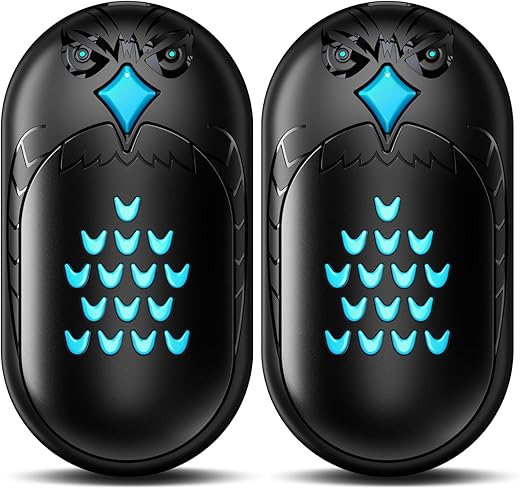
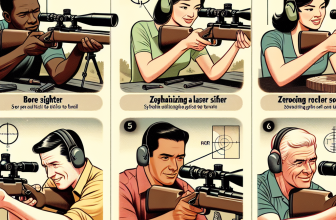



Thank you for your feedback! I’m glad you found the article helpful. If you have any specific tips or experiences to share, please feel free to do so.
Great article! I recently started getting into long-range shooting and this provided a lot of helpful information. I especially found the section on understanding ammunition components very informative.
I’d love to see an article on long-range shooting scopes and how to choose the right one for different shooting scenarios.
I’ve been using the XYZ brand ammunition for long-range shooting and it has worked really well for me. It would be great to see a comparison of different brands in future articles.
One pain point I’ve encountered in long-range shooting is finding the right balance between bullet velocity and barrel length. It would be helpful to have some guidance on optimizing this balance.
One additional point to consider is the importance of bullet grain weight for long-range shooting. It can have a significant impact on accuracy and trajectory.
That’s a great point! Bullet grain weight is definitely an important factor to consider. I’ll make sure to cover that in more detail in a future article. Thank you for bringing it up.